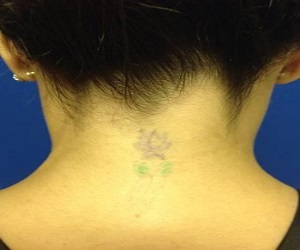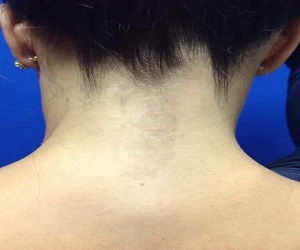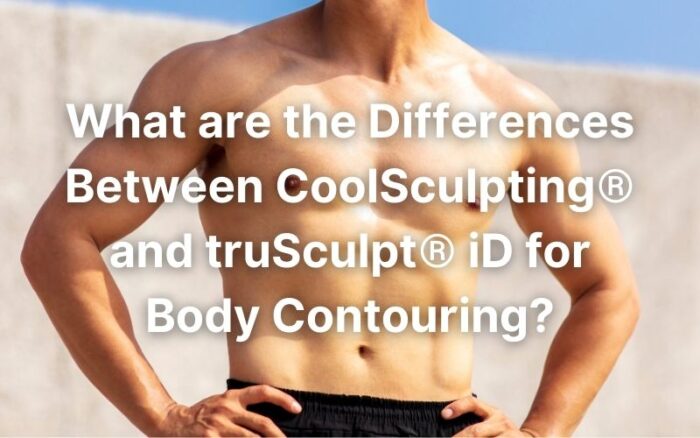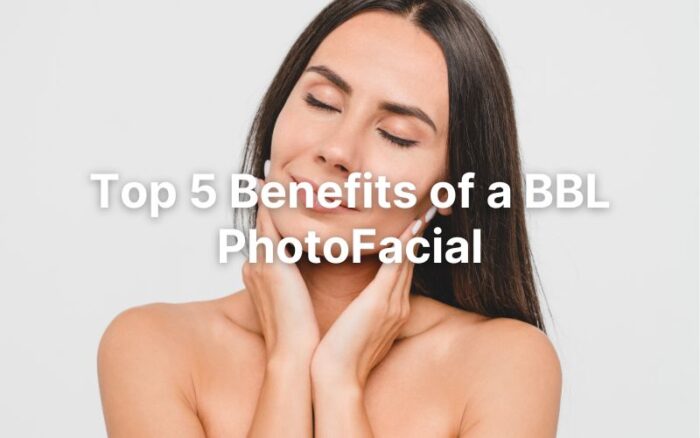Removing an unwanted tattoo can feel liberating. Laser tattoo removal lets you free yourself from ink you no longer enjoy. This procedure uses specific wavelengths of light to target tattoo pigments for removal. Your Premier Vein & Body team uses the most advanced laser technology with the most effective wavelengths for targeting all pigment colors in fewer treatments.
What is Laser Tattoo Removal?
Laser tattoo removal is a procedure that removes unwanted tattoos using light energy. It uses a laser to target tattoo pigments and break them apart, allowing the body to remove them. Laser tattoo removal with a standard laser uses a single wavelength that often struggles to remove some pigments and can burn or injure the skin. Your Premier Vein & Body team uses the PicoSure® laser to ensure better results without these older lasers’ discomfort or side effects.




